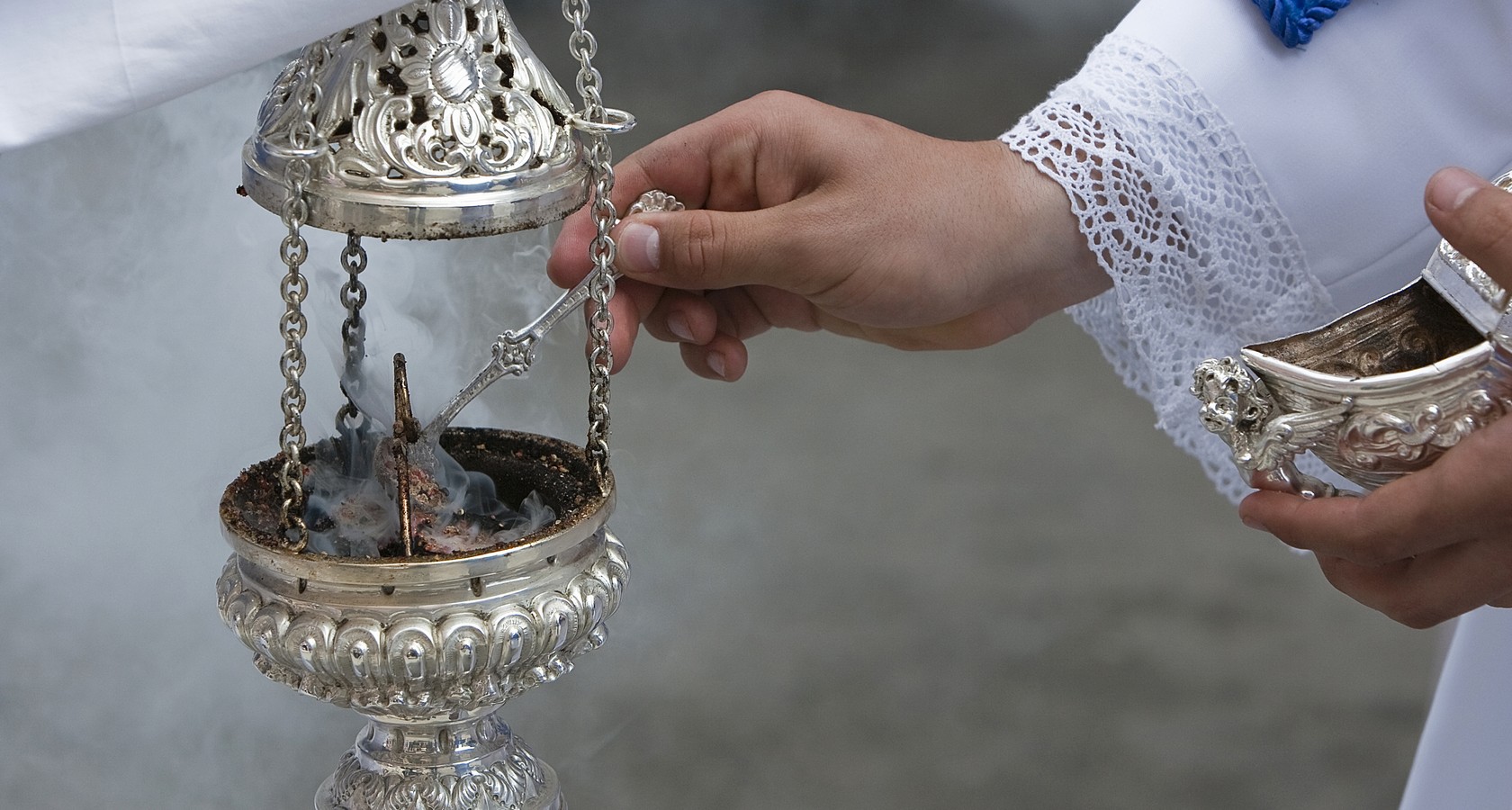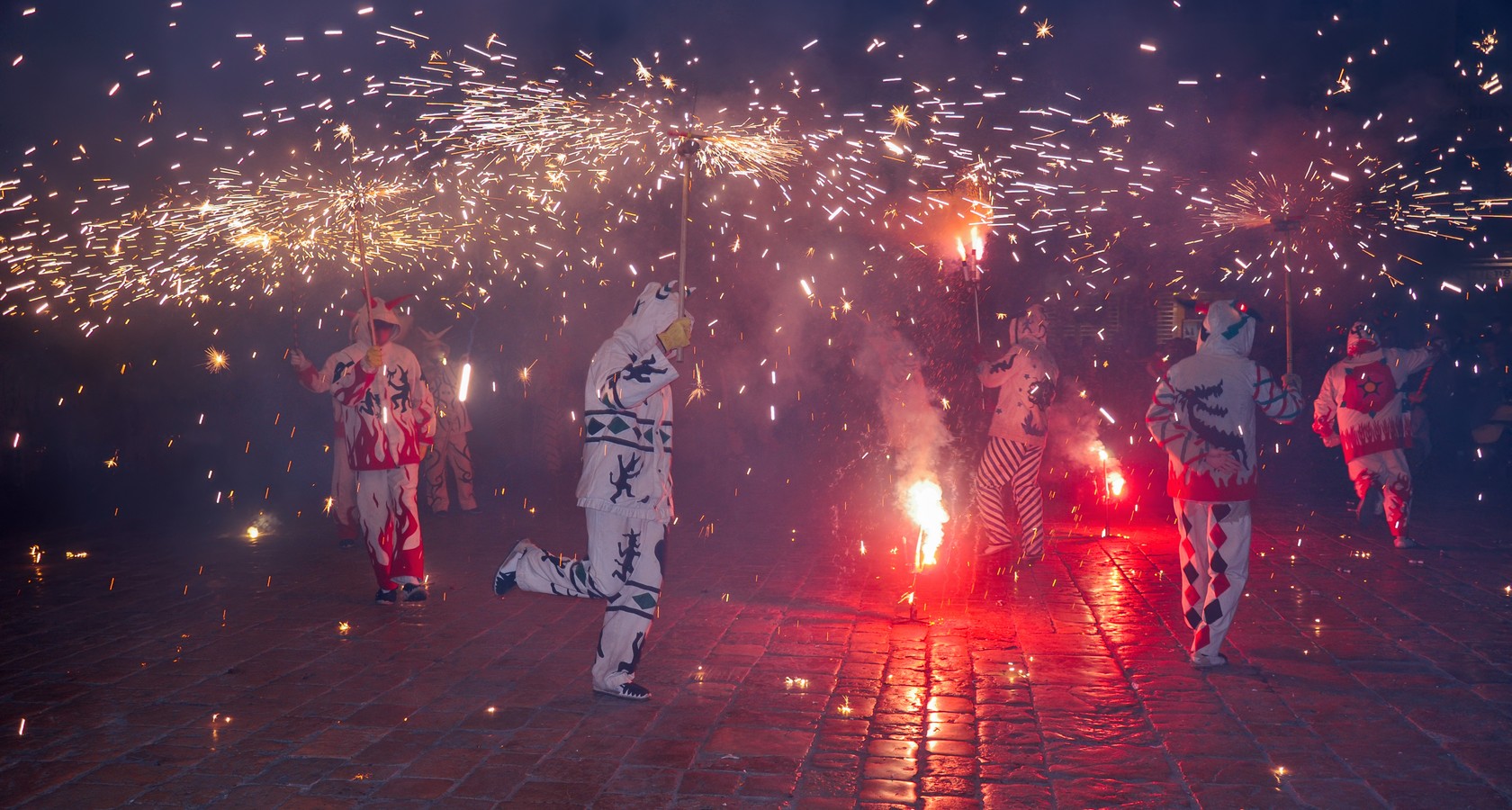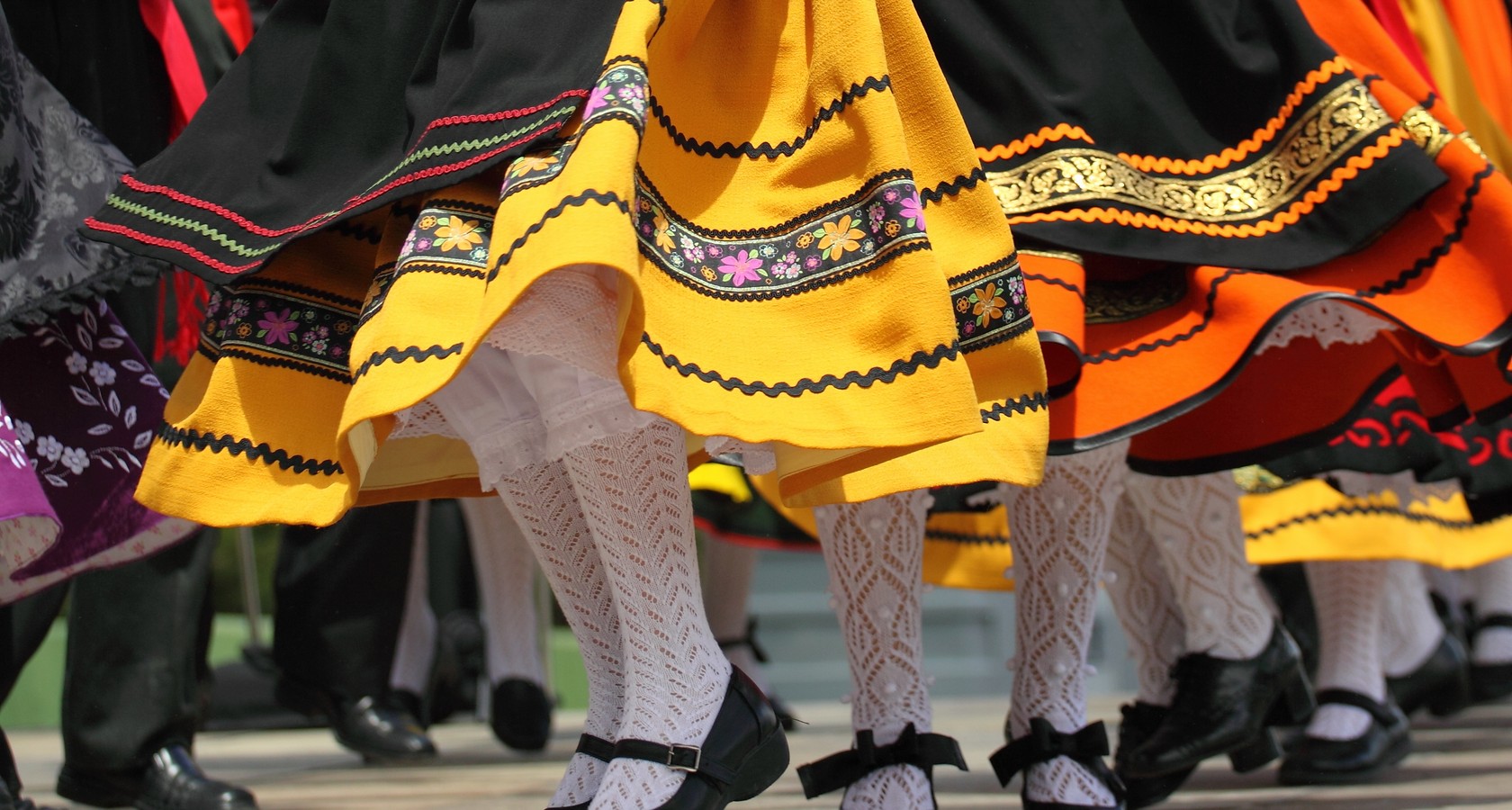
Spain is home not to one culture, but many. From unification to dissolution, from empire building to cross-continental conflicts, Spanish diversity is the legacy of its past and is reflected everywhere you look: in society, its mores and the landscape of the country’s cities.
Various civilisations have called Spain home over the centuries, including the Phoenicians, the Romans, the Celts and the Moors, and all left their mark along the way.
The Roman imprint in Spain is impossible to miss. Town walls, amphitheatres, aqueducts, dams, bridges and baths are just some of the structures built by the Romans that remain standing in all corners of the country. To behold this Roman past in all its glory, look no further than cities such as Tarragona and Barcelona in Catalonia, Segovia near Madrid, and Cáceres and Mérida in Extremadura. As for the intangible influences, these start with the Spanish language itself, an offspring of Latin, and the spread of Christianity.

Yet although it is renowned as a Catholic country today, we must not forget that large parts of Spain stood under Islamic rule for some eight centuries after the Romans, and traces of this Moorish heritage can be found throughout Spanish culture. It is not for nothing that a significant proportion of the Spanish vocabulary comes from Arabic, including everyday words like arroz meaning rice, a staple of the Spanish diet.
The most obvious examples of this history are in the south of Spain in Andalusia, or Al-Andalus as it was known when the region was ruled by the Moors, as epitomised by the beautiful Great Mosque-Cathedral in Cordoba and the breathtaking Alhambra Palace in Granada, formerly home to several sultans.
Here, as elsewhere, the Islamic architecture rubs shoulders with Western elements, as after the Christian Reconquista both buildings were enlarged and altered, incorporating Renaissance and Baroque features. This fusion is so common across Spain that an adjective exists to describe it, Mudéjar (itself a word with Arabic origins), and hundreds of buildings all over the country fit this description, foremost among them the Alcázar in Seville, Zaragoza’s Aljafería Palace and La Seo Cathedral, and several towers in Teruel.

Toledo takes this hybridity to a whole new level, hence its nickname, the City of Three Cultures, referring to the Christian, Muslim and Jewish communities that lived and thrived alongside one another for centuries. This mixture gave rise to a blossoming cultural scene that famously attracted El Greco, the great artist with whom the city is now also synonymous.
Besides the Romans, Moors and indeed Jews, we also see evidence of Celtic and Phoenician presence in a range of places. For instance, the bagpipes are played in modern-day Asturias and Galicia, in north-west Spain, where the Celtic symbol of the triskele is a common sight. Meanwhile Cádiz, potentially the oldest city in Western Europe, was founded by the Phoenicians, who were also responsible for structures like the Puig des Molins necropolis on the island of Ibiza, whose very name derives from the Phoenician Ibosim.
With such an assorted past, it should be no surprise that modern Spain is equally diverse. On this note, while the country has fervently embraced modernity and cosmopolitanism – as symbolised by buildings like the Guggenheim Museum in Bilbao and Valencia’s City of Arts and Science, and by the sophisticated facilities that greet visitors – that does not mean that local and regional flavour has been lost. The different languages and dialects spoken in the various regions – including Catalan, Basque, Galician, Valencian and Asturian –, not to mention the different accents, are just the tip of the iceberg in this respect. Different cultural traditions and customs continue to abound and fascinate, from food to festivals, from music to dance, and from architecture to the arts.
In conclusion, Spain is home to a rich and constantly developing culture which springs from an endlessly fascinating history.